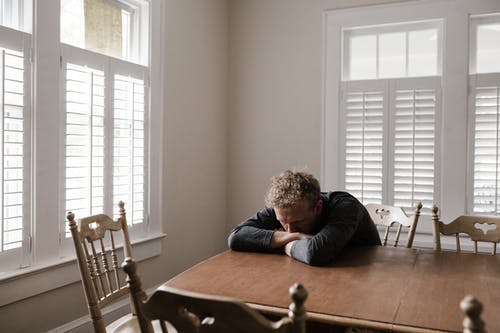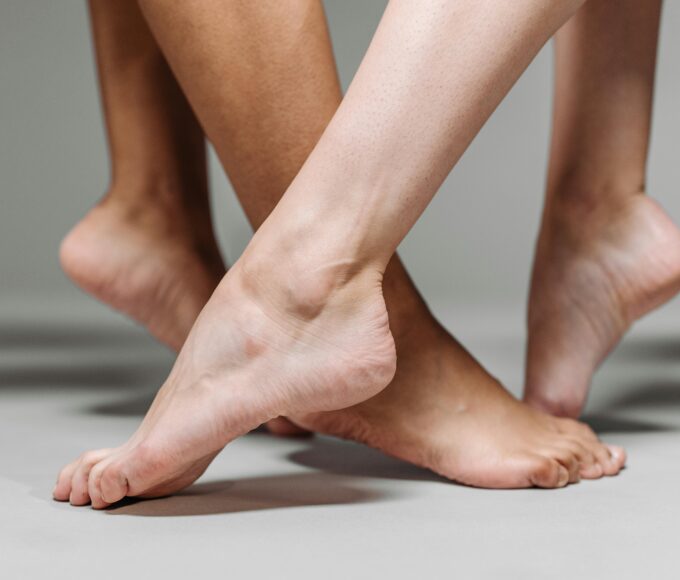Despite the fact that millions of individuals worldwide suffer with incontinence, the subject is frequently avoided and treated with shame. Incontinence, which is the involuntary loss of urine or feces, can have a serious negative effect on a person’s quality of life by restricting social activities and generating emotional discomfort. But it’s important to know that there are treatments that work, providing affected people with respite and hope.
Types and Causes of Incontinence
There are several types of incontinence, each with its own causes and treatments:
- Stress incontinence: This is the result of exerting pressure on the bladder by physical actions like laughing, sneezing, or working out. It is frequently caused by weakening pelvic floor muscles, which are prevalent in women going through menopause or having a child.
- Urge Incontinence: Also referred to as overactive bladder, this condition is characterized by an abrupt, strong urge to urinate, which is followed by an involuntary leak. It may be brought on by infections, irritated bladders, or neurological disorders.
- Overflow incontinence: This is a condition in which the bladder leaks pee often or continuously because it doesn’t empty entirely after urination.
- Functional Incontinence: This type is caused by physical or cognitive problems that impede a person from using the restroom on time, rather than bladder or urine dysfunction.

Treatment Options
The treatment for incontinence depends on the type and severity of the condition. Here are some common approaches:
- Lifestyle Modifications: These are frequently the first line of treatment and can greatly reduce symptoms. These include controlling fluid consumption, staying away from substances that irritate the bladder, like alcohol and caffeine, keeping a healthy weight, and giving up smoking.
- Exercises for the Pelvic Floor (also known as Kegel exercises): These exercises build muscle in the bladder and urethra. They can help other types of incontinence by enhancing bladder control, but they are most useful for stress incontinence.
- Bladder training: To increase bladder capacity and control over urination desires, this practice gradually lengthens the time between bathroom trips.
- Medication: Anticholinergics, which calm bladder muscles, and mirabegron, which lessens bladder contractions, may be prescribed depending on the kind of incontinence.
- Medical Devices: In certain situations, it may be advised to use devices like urethral implants to stop urine leakage or pessaries for women who have prolapsed pelvic organs.
- Surgery: Sling procedures (for stress incontinence) or artificial urinary sphincter implants are examples of surgical interventions that may be explored for severe instances that do not respond to other treatments.

Seeking Help
It is imperative that you seek medical attention as soon as possible if you or someone you know is exhibiting symptoms of incontinence. An expert in healthcare, usually a urologist or urogynecologist, can carry out a comprehensive assessment to identify the underlying reason and suggest a suitable course of action on how to treat incontinence. Recall that incontinence is a medical ailment rather than an inevitable aspect of age or a cause for shame.
Support and Management
Treatments for incontinence don’t end with medication. It entails alterations to lifestyle, emotional support, and perhaps help from caregivers or support groups. Maintaining open lines of contact with friends, family, and medical professionals can help lessen the emotional strain that the illness frequently causes.
People of all ages and genders can be affected by incontinence, which is a prevalent but treatable disorder. Many people can greatly improve their symptoms and restore confidence in their daily lives with the correct approach, which may include lifestyle modifications, exercises, medications, and even surgery. In order to properly manage their illness and enjoy satisfying, active lives, people with incontinence can seek immediate medical advice and investigate relevant treatments.















